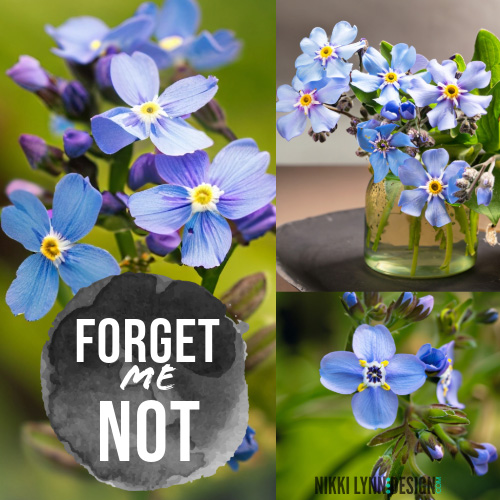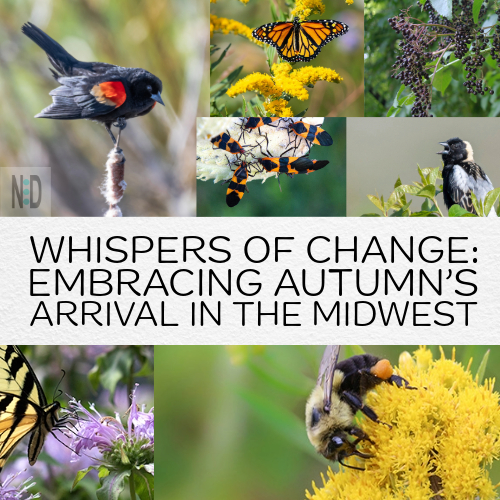
Category: Wildflowers & Weeds
Weeds and wildflowers are found in fields, along streams, marsh areas, bogs, and in the woods.
Note: I do not advise on the medicinal uses of herbs. Any information provided here is intended to help educate visitors on previous practices. The information is for historical reference only.
WEEDS & WILDFLOWERS BY MONTH:
MAR / APRIL / MAY / JUNE / JULY / AUG / SEPT


Uncovering the Magic of Plantain Weed: A Backyard Treasure
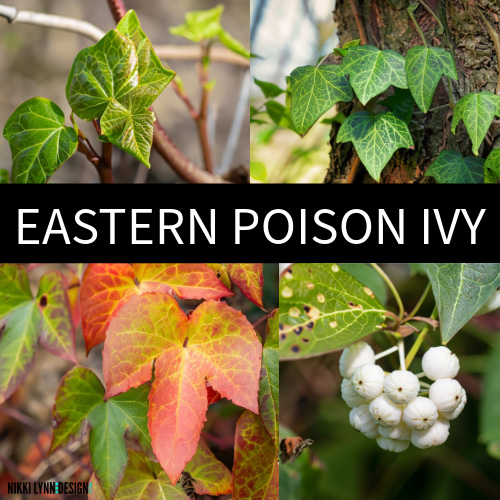
Poison Ivy in Wisconsin: How to Spot and Avoid It
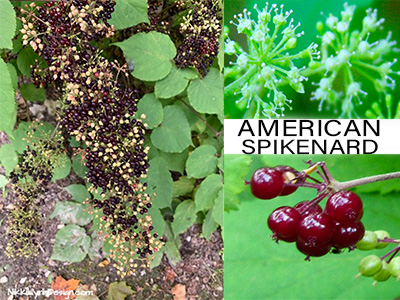
American Spikenard
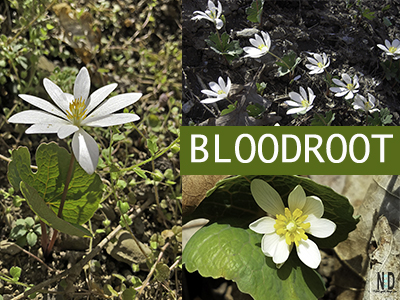
Bloodroot
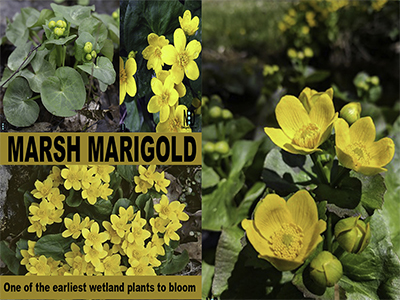
Marsh Marigold

White Baneberry Dolls Eyes
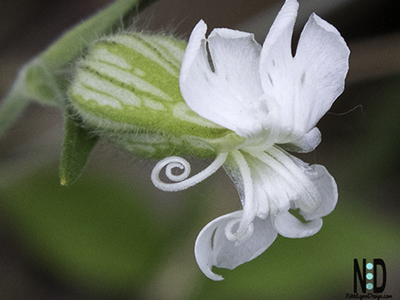
White Campion
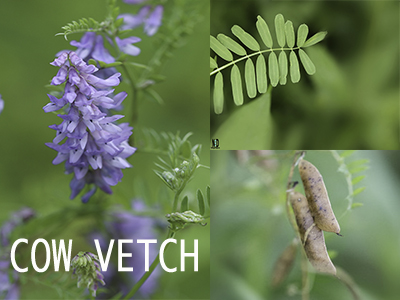
Invasive Cow Vetch
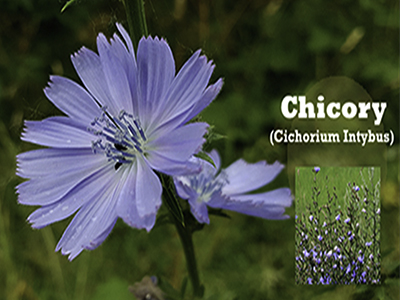
Chicory
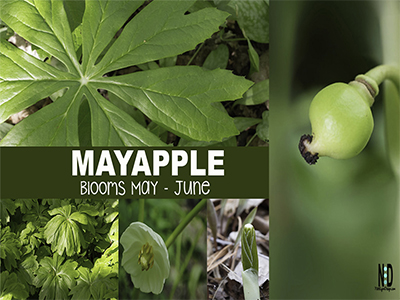
Mayapple Wildflower
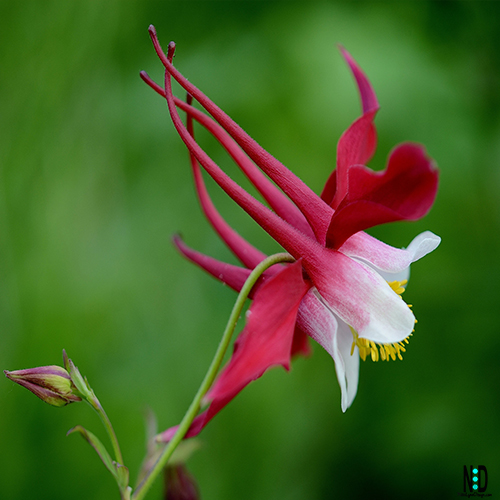
Wisconsin Wildflowers and Invasives
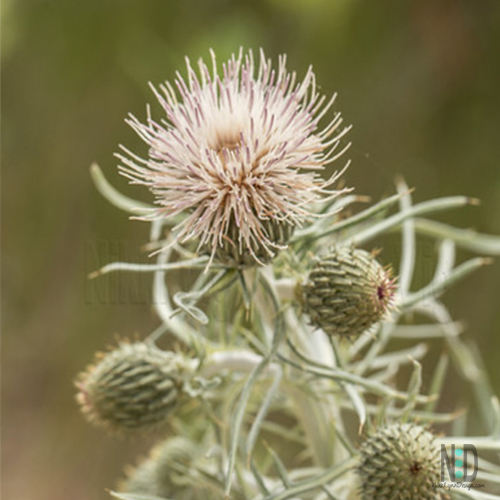
Dune Thistle Flower
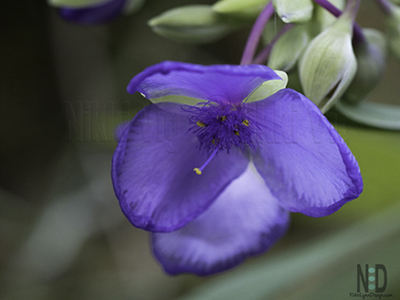
Spiderwort
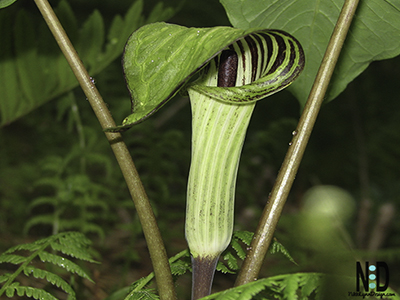
Jack in the Pulpit
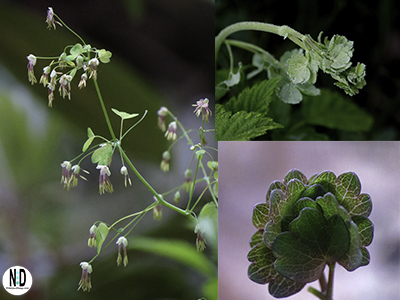
Early MeadowRue

Trout Lily
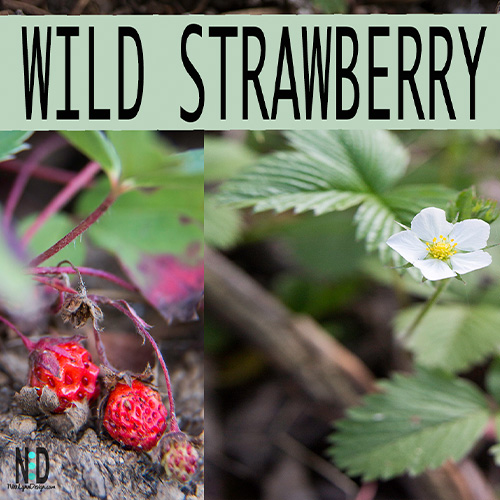
Wild Strawberry : Nature’s Tiny Red Gems
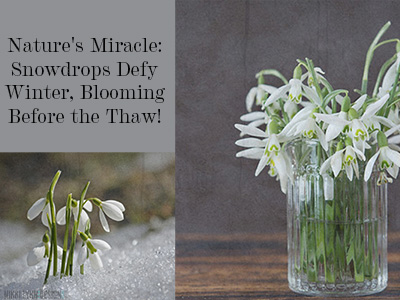
Snowdrop Flowers
